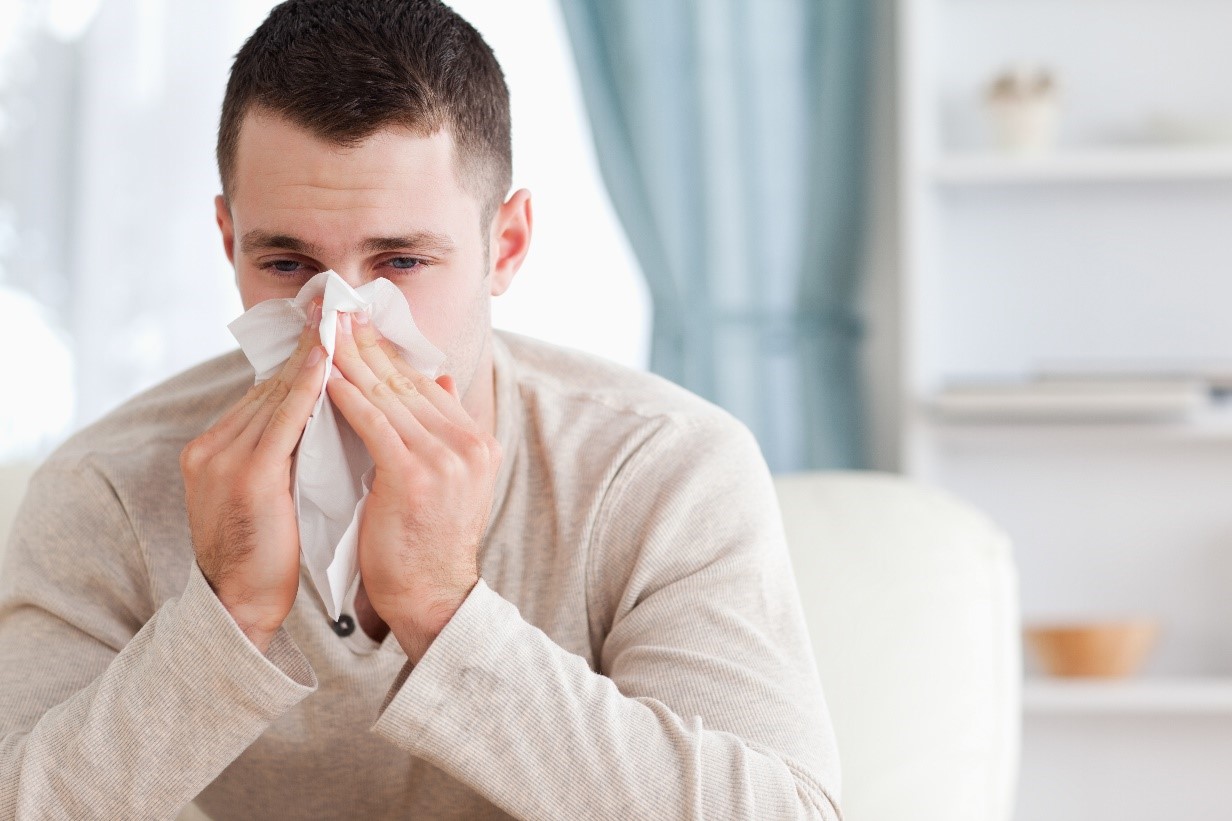How Mold Affects Health
Mold isn’t just unsightly and potentially damaging to our property’s structures, but it can also negatively affect the health of the occupants in a building impacted by mold. While mold is a fungus that exists everywhere in the natural world, and not all molds are toxic, mold that appears indoors must still be professionally removed.
Health Symptoms Caused by Mold
Once you start to notice health symptoms of a mold infestation, it is likely that it has already reached concerning levels. Mold spores can contaminate the air with mycotoxins, and ingestion may be detrimental to your well-being. People with pre-existing health challenges, such as asthma and allergies, may be more susceptible to mold exposure. Infants and children, elderly individuals, and people with compromised immune systems may also be more at risk of health issues due to mold exposure.
If you suffer from any of the following conditions or symptoms, the possibility exists that it may be partially caused by or aggravated by the presence of indoor mold:
- Coughing
- Eye irritation
- Fatigue
- Headache
- Itchy or watery eyes
- Runny or stuffy nose
- Shortness of breath
- Skin rash
- Sneezing
- Sore throat
- Asthma
Repeated mold exposure can increase a person’s sensitivity to it, making the above symptoms more severe as time goes on. If you have noticed any of these symptoms, contact Green Home Solutions of Greater Chattanooga, TN. for mold testing.

Other Ways Mold Affects Us
Not only can the presence of mold negatively impact your health, but it can cause unpleasant odors and property damage. Property damage caused by mold can sometimes only be remediated by demolition and rebuilding of structures, which will impact you financially as well.
Don’t wait to take action! At the first sign of a mold infestation, you should enlist the help of Green Home Solutions for mold removal services in Chattanooga, TN. that eradicate mold at the source and reduce the chances of it coming back.
Contact Us Today to Request a Service
Isn’t it time for you to breathe cleaner, fresher air? Complete our simple form to request any of our services including air quality testing, mold removal, odor treatment, crawl space encapsulation, duct cleaning and more, or call Green Home Solutions of Greater Chattanooga, TN. at 423-648-6653 to talk with an expert today.
